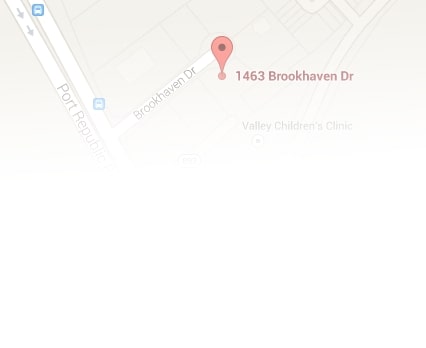While many personal injury lawsuits are settled out of court, there is always the possibility that a lawsuit will be argued in court before a jury. The jury is then responsible for determining what amount of damages, if any, will be awarded to the plaintiff. When they do this, they will be awarding a verdict as opposed to a settlement.
Relying on a jury to award damages is risky for both parties because sometimes the damages awarded may vary dramatically from what might be considered a reasonable settlement. This could be great news for an injured person if the jury awards a verdict that is much larger than what the insurance company was offering.
It could also be bad news for an injured person, as the jury may award much less money in their verdict than the injury person was hoping to receive. It may be important to have a good understanding of how a jury will make a personal injury verdict decision before deciding to take a case to court.
Different Types of Damages
Some of the most important aspects of a verdict are the types of damages involved. This becomes very important when the case is before a jury. There are essentially three different types of damages possible: economic damages, non-economic damages, and punitive damages.
Economic damages are the most straightforward and predictable. They represent that actual calculated losses suffered by the injured person. These include expenses such as medical bills, lost wages, or property damage. The court and jury will almost always have clear access to this data from evidence that is presented from invoices, reports, and expense bills. Some economic damages are for future amounts that will arise in the future. These amounts will most likely need to be established with expert testimony.
Non-economic damages are a different matter entirely. These are amounts that are not possible to calculate directly, such as an amount for a victim’s pain and suffering or emotional distress. The jury often receives very little legal guidance — if any — to calculate these damages, and must simply use their own best judgment. While they are encouraged not to make decisions based on emotions, they may be more likely to do so when non-economic damages are considered. A highly sympathetic client may be awarded more than a non-sympathetic one.
Not all cases are subject to non-economic damages, and it may depend on the facts of the case and the arguments presented in court. Depending on the case, especially in terms of medical malpractice, there may also be caps on noneconomic damages that the jury cannot go over.
For a legal consultation with a personal injury lawyer, call (434) 817-3100
Punitive damages are relatively rare and are intended more to punish the wrongdoer rather than to compensate the injured party. They are almost always reserved for higher profile cases against larger companies or organizations and are intended to increase the cost of the lawsuit dramatically as an incentive for the wrongdoer to improve. Similar to non-economic damages there are no strict rules governing the calculation of punitive damages. It is generally at the jury’s discretion and based on the facts of the case and the perceived or actual level of malice or negligence on behalf the wrongdoer.
Determining Fault
Part of a jury’s duty will also be to determine fault, and this has a major impact on damages awarded. Especially in car accident cases, fault is rarely absolute. While state laws vary, most states have some form of comparative negligence. This means that both parties may be found partially at fault for the accident depending on how much their own actions or failures contributed to it.
This usually results in a percent calculation. The person mostly at fault is responsible for paying the damages, but the amount they pay may be reduced by the percentage the other person was at fault. A jury will make this determination based on the facts of the case and arguments provided. The judge may also give the jury extensive legal guidance about the nature of the law as it pertains to the particular case. The jurors are expected to follow the law as explained by the judge even if they do not agree with it when making their decision.
Virginia, however, does not follow comparative negligence. Instead, Virginia follows the doctrine of contributory negligence. Contributory negligence can be harsh in both theory and application. Under this defense, an injured party who is even one percent at fault for causing their own injuries cannot recover anything. This can be brutal and result in terrible results.
The good news is that there are some viable exceptions to this harsh rule. This is especially true in truck crash cases, where truck drivers are subject to different sets of rules. Those rules make contributory negligence apply differently.
For that reason, do not give up on your Virginia case where you might have been partially at fault until you have spoken with an experienced personal injury attorney from Virginia.
Taxation on Damages
The jury’s decision may also affect a person’s tax liability. Generally speaking, personal injury settlements and verdicts are not taxed. That said, components of the award could be taxed, such as for lost wages. Money awarded for non-economic damages are not taxable. A settlement does not always specify how much of the award was for a certain thing, so a person will need to keep independent track of their expenses. An experienced attorney can explain how you can best proceed.
While it is possible for a jury to award much more than a settlement offer, it is also possible for them to award less or none. Whether you should take a claim to court or accept a settlement offer is an important legal decision and part of the greater legal strategy for your case to discuss with an attorney. If you have been injured or have questions about a personal injury lawsuit, it is important to speak with an attorney and get legal representation as soon as possible.
Call us today for a free consultation.
Call (434) 817-3100 or complete a Case Evaluation form



